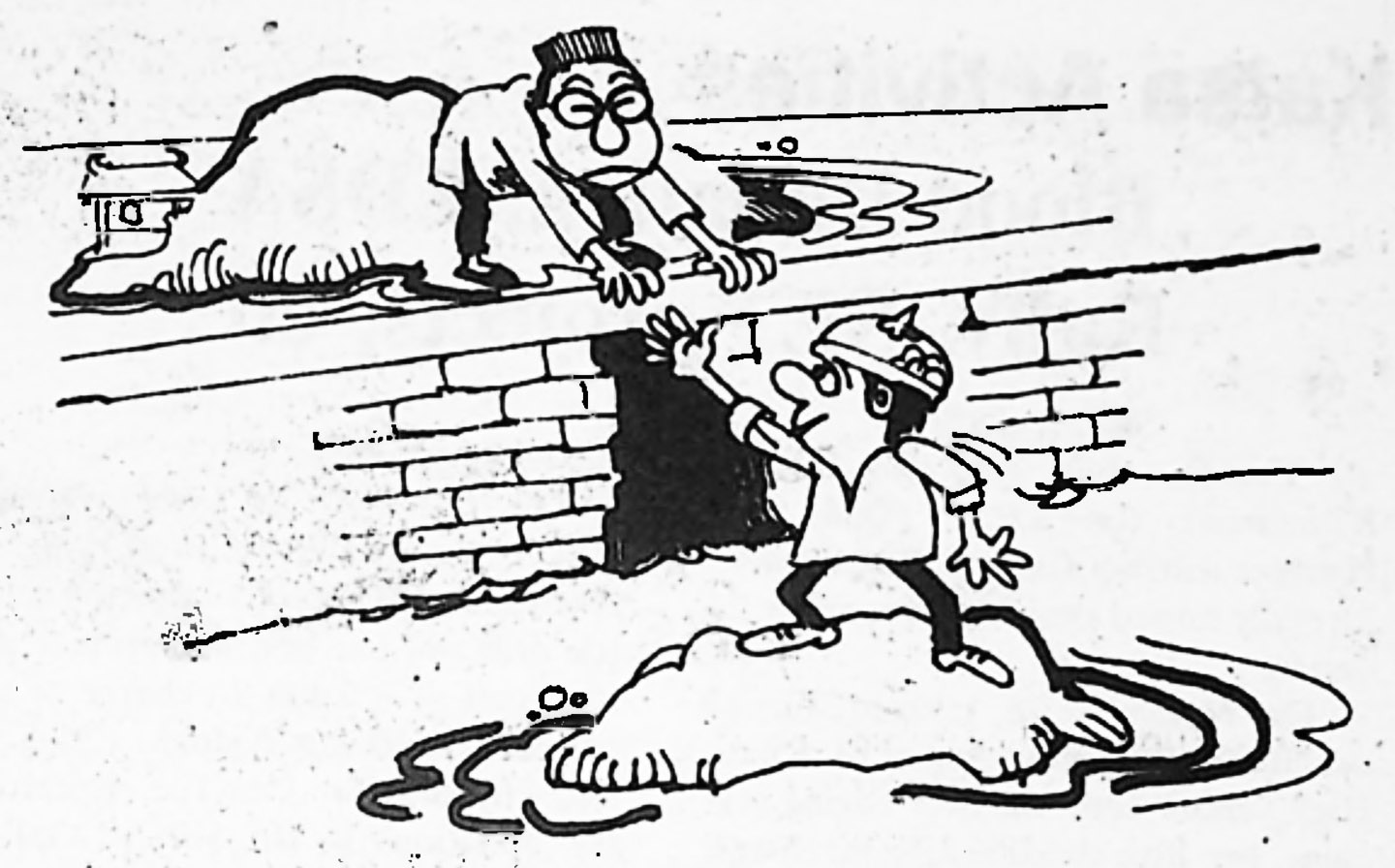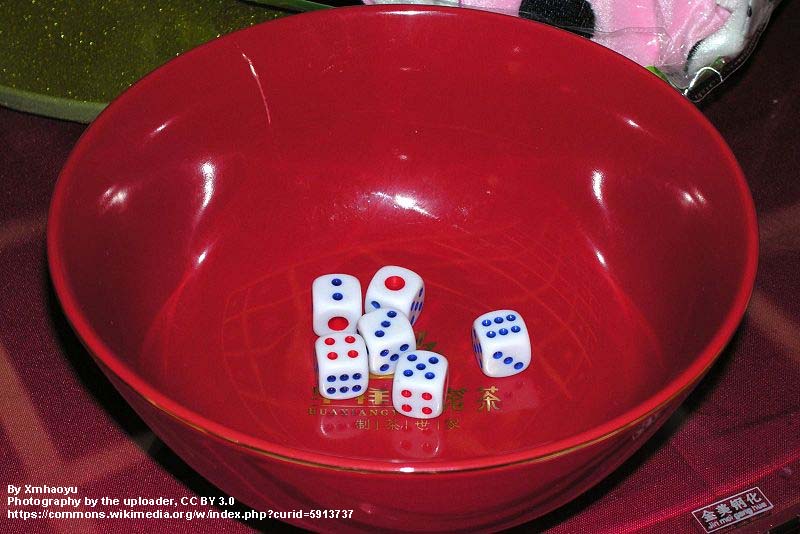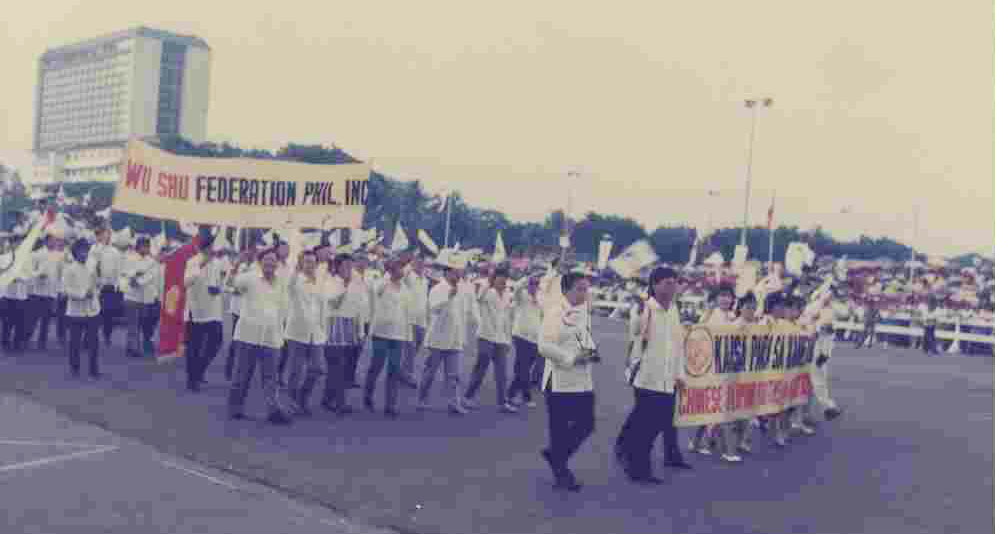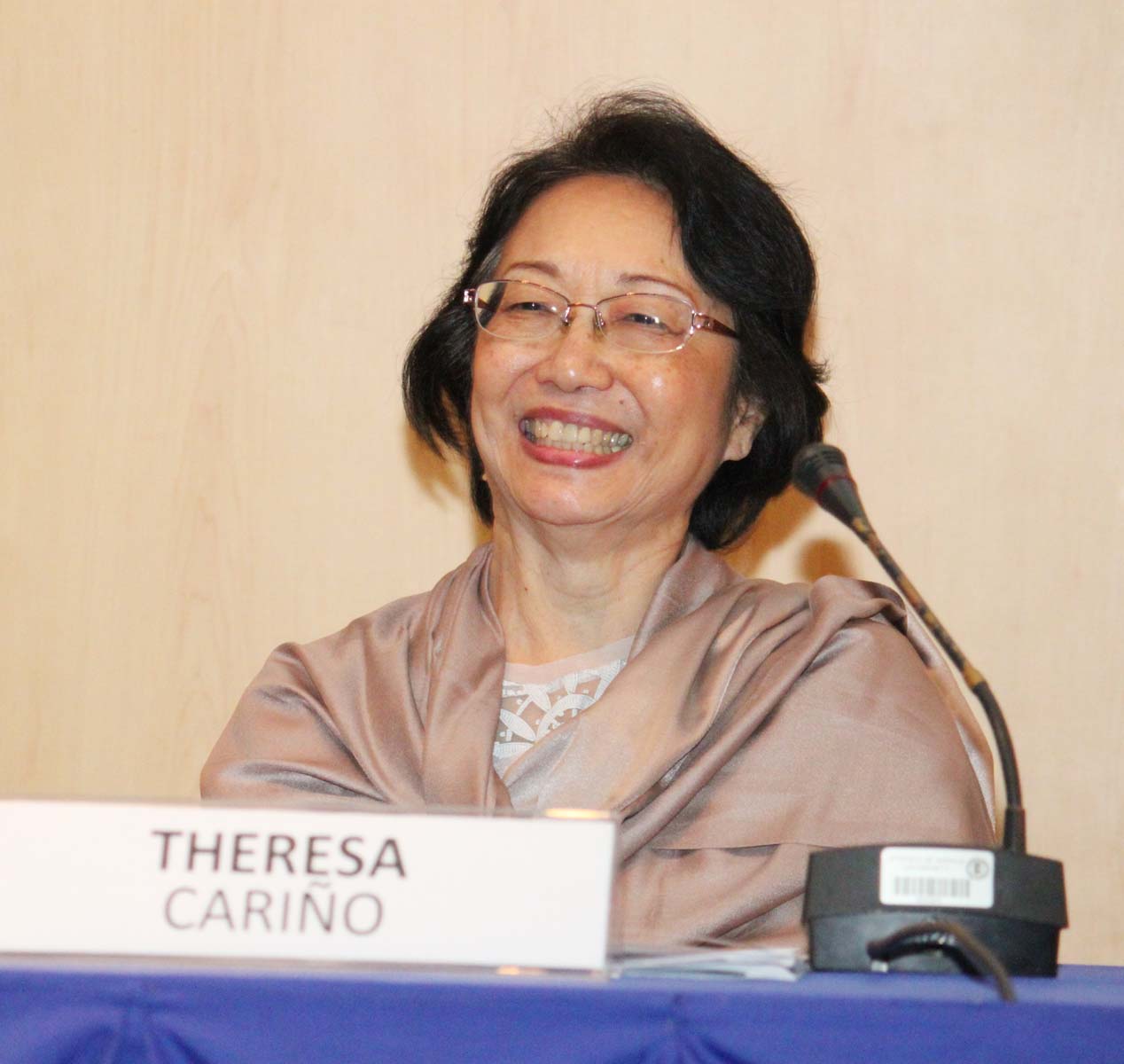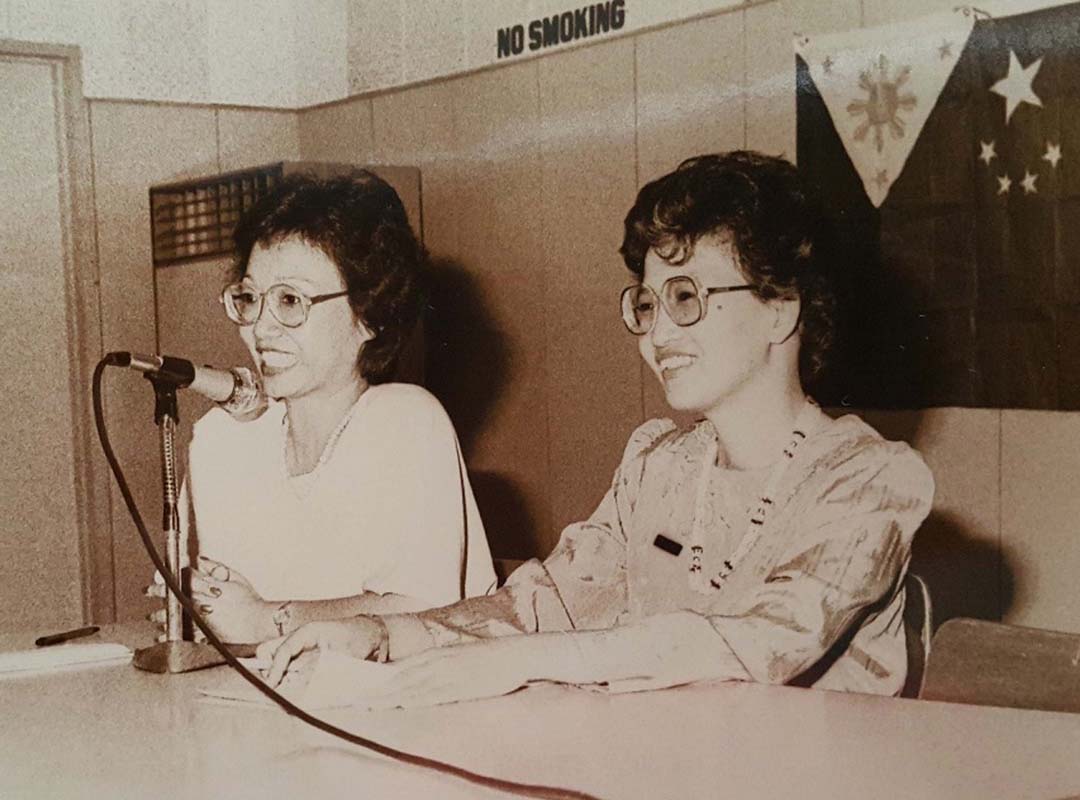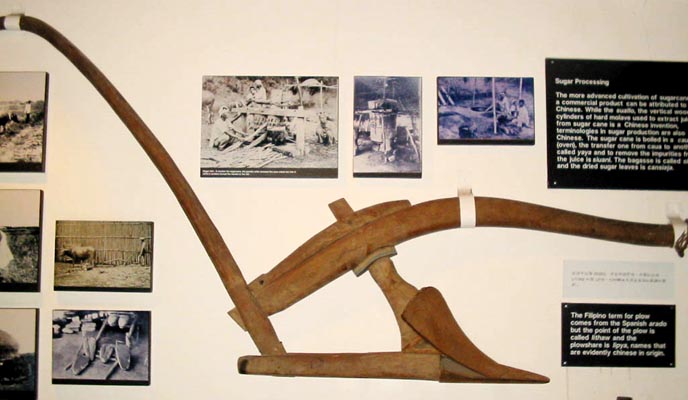First published in Tulay Monthly, Chinese-Filipino Digest 2, no. 7 (December 24, 1989): 7, 12. Dr. Randy Bulatao, eminent sociologist, in his study on ethnic prejudices (against Muslims and against Chinese) concluded that, “Childhood prejudices and narrow loyalties may be diluted and overlaid with specific concerns as one matures, but they remain latent and capable […]
Beyond prejudices
